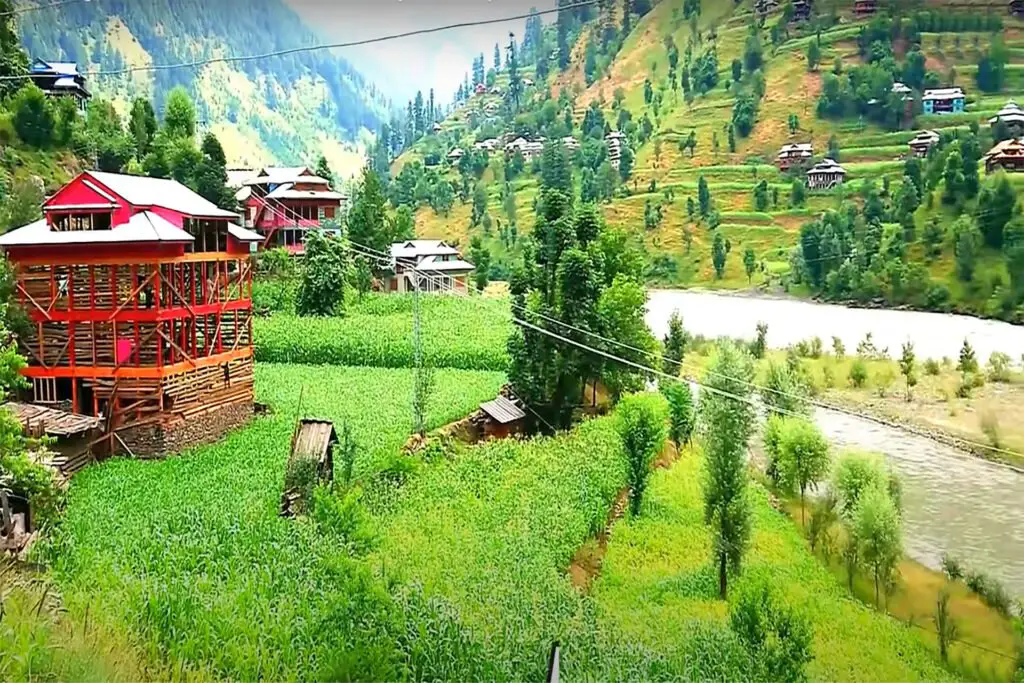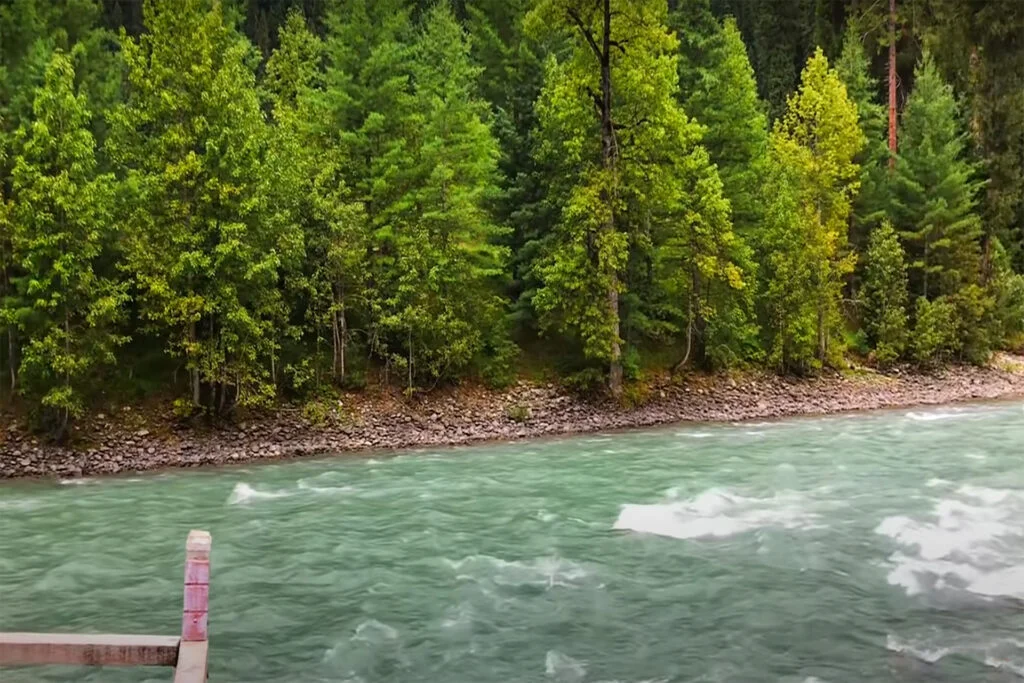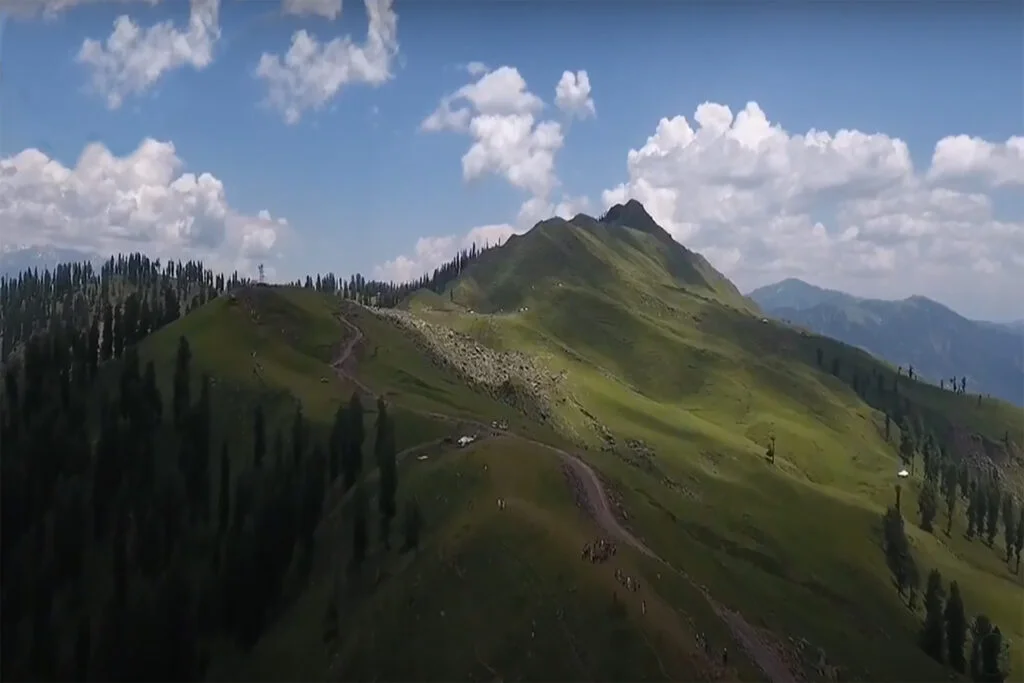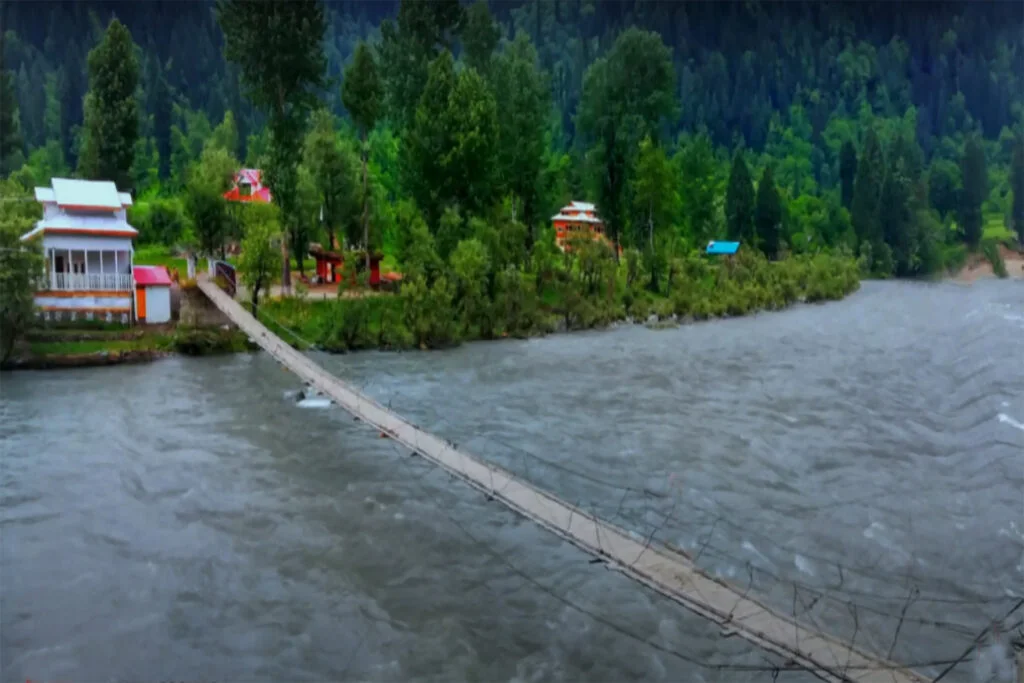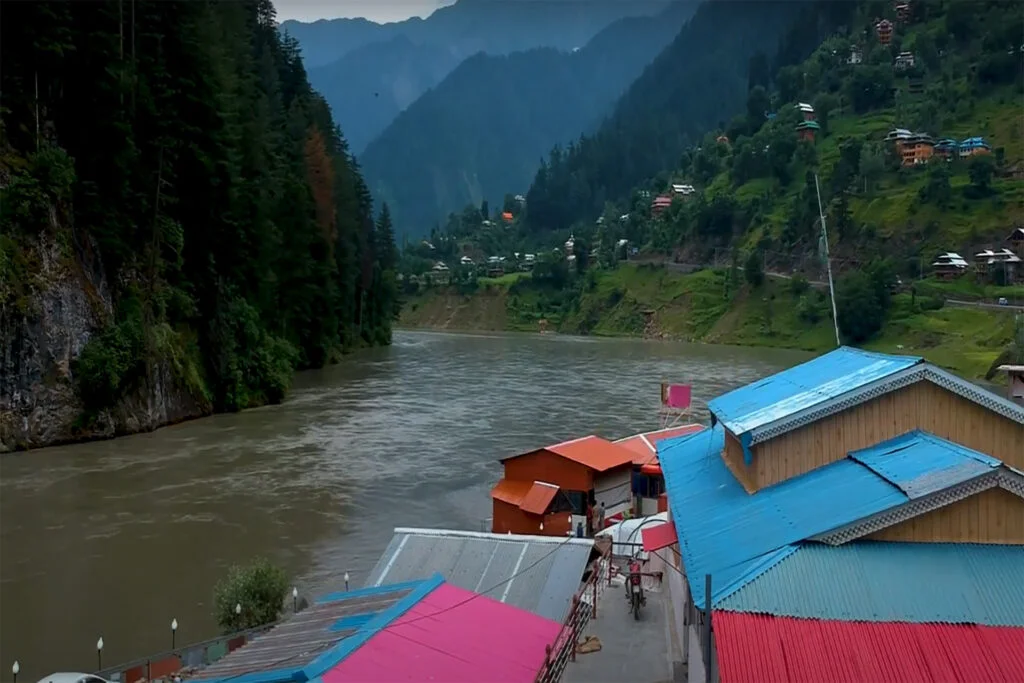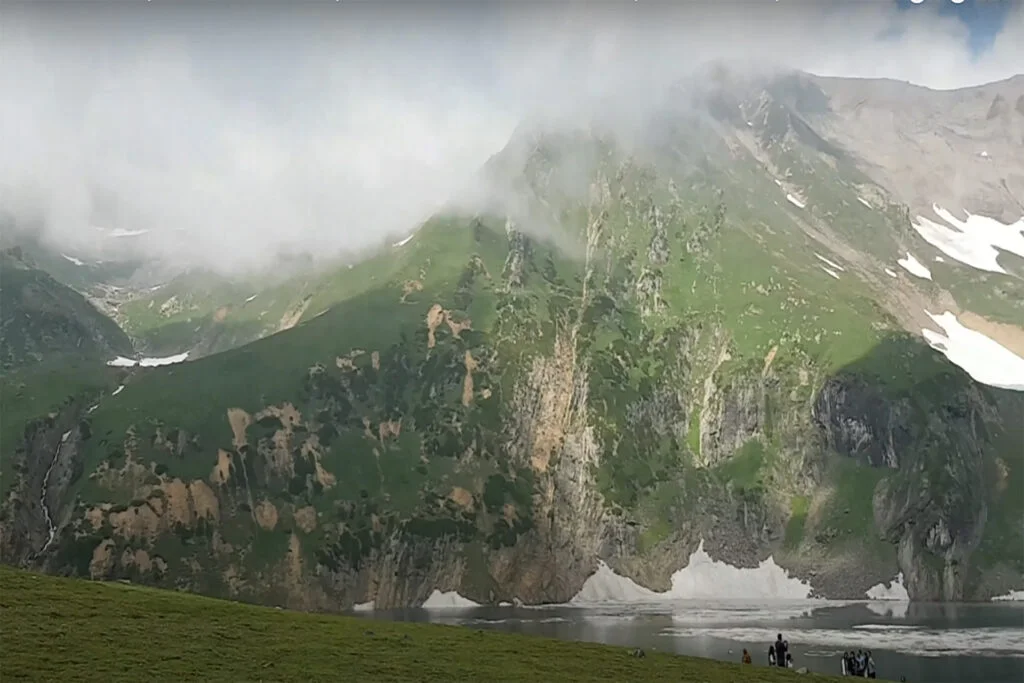Pir Ghaib Waterfall Balochistan are beautiful and majestic waterfalls in the Bolan Valley, 70 kilometers (43 mi) from Quetta in Balochistan, Pakistan. Here, the waterfall cascades down the rocky mountainside and weaves its way through many streams and lakes among shady palm trees.
History of Pir Ghaib Waterfall Balochistan
Legend has it that Pir Ghaib and his sister, Venerable Bibi Nani, came here to convert the locals in the early days of Islam. But the fire worshipers sent an army after the pious couple.
In the Bolan Gorge, the siblings split up; Bibi Nani descended into the ravine (her supposed tomb is under a bridge about 15 km downstream) while her brother fled into this arid landscape with the army in hot pursuit.
At the head of the gorge, when the saint saw that he was blocked by a rock wall, he prayed to the Almighty to be saved. He split the rock to receive the holy man. So he was known as Pir Ghaib – The Invisible Saint.
Local Hindus worship Pir Ghaib as Mahadeva. But long before Vedic hymns or Pir Ghaib, invocations rang out in the Bolan Gorge, travelers, and traders from the Indus Valley stopped at this spring sacred to their own gods on the first leg of their long journey to the Mesopotamian marketplace.
Just as the Vedic god Shivader evolved from an earlier Indus Valley deity, and as the 5,000-year-old goddess Nania evolved into Bibi Nani or Durga, so Pir Ghaib evolved from an early Indus Valley god. But until we understand the Indus script, we will not know which of these pantheon was celebrated by walking into rock walls.
Pir Ghaib is a scenic wonder that is singularly grand and majestic. Earning its name from ancient folklore, the place is the latest darling of local tourism, along with various other destinations tucked away in remote and untouched corners of Balochistan.
Location of Pir Ghaib Waterfall in Bolan Valley
Located in the Bolan Valley of Balochistan, Pakistan, Pir Ghaib Waterfall is one of the most famous tourist destinations. Located 70 kilometers from Quetta, the waterfall is a rocky mountainside, and streams and pools make their way through palm trees. Pir Ghaib Waterfall is a popular picnic spot and is also known as Pir Ghalib.
The drive from Quetta to Bolan, a little over two hours by road, takes about 45 minutes to transition from bustling city life to the tranquil terrains that dominate the province’s vast emptiness.
Pir Ghaib History
As per a local member of the Bangulzai tribe, whose community is the custodian of the picturesque Pir Ghaib region, there is a deeper, hidden aspect to the ancestral lands.
According to his narrative, this territory once served as an ordeal for individuals accused of wrongdoing, bearing an uncanny resemblance to the Salem witch trials. “The accused would be cast into the stream. Those found guilty would perish, while the innocent would emerge unharmed. It was as if the water itself acted as judge, jury, and executioner,” shared the native.
One can experience paradise unfolding after a lengthy yet smooth journey, courtesy of the well-constructed road network linking the Quetta and Bolan districts.
At the heart of the valley, a lively river meanders through its course, winding its way through crevices and then tumbling down the rocky mountainside to nourish the numerous ponds adorned with palm trees scattered throughout the area. For many, this breathtaking vista is akin to heaven on earth, slowly gaining global recognition and acclaim.
Tourism in Pir Ghaib Valley
Realizing the potential of tourism, the incumbent provincial government has taken various steps to promote tourism in Balochistan. One such venture was the recent beautification of Pir Ghaib, which also saw a formal inauguration by the provincial chief minister in December last year.
Thanks to the cooperation of the Frontier Corps (FC) and the government, the tourist destination now boasts various attractions, including a cable car, a refreshment point, a walking trail, a water slide, a mosque, and several green nooks near the waterfalls.
This development has resulted in an influx of local tourists, especially during the summer months, many of whom flock to the paradise seeking respite from the busy city life. Nevertheless, the site has also become popular with throngs of religious tourists who come to pay their respects at the now-reconstructed shrine of the patron saint Pir Ghaib.
On the one hand, the development efforts of the government seem to have been quite fair. One still can’t help but wonder if the transformation of Pir Ghaib from a remote sanctuary into a vibrant tourist destination is worth it if it is not tied to the ideals of sustainability.
A cursory glance around the surroundings will reveal not only the magnificence of nature but also the poison itself, which could one day spoil the beauty of the region.
The sight of floating polyethylene bags and polystyrene cups from the remains of the picnic speaks of the need for visitors to still be sensitive to the protection of nature. The lack of vigilance and monitoring indicates the government’s seriousness about preserving everything it has invested in.


